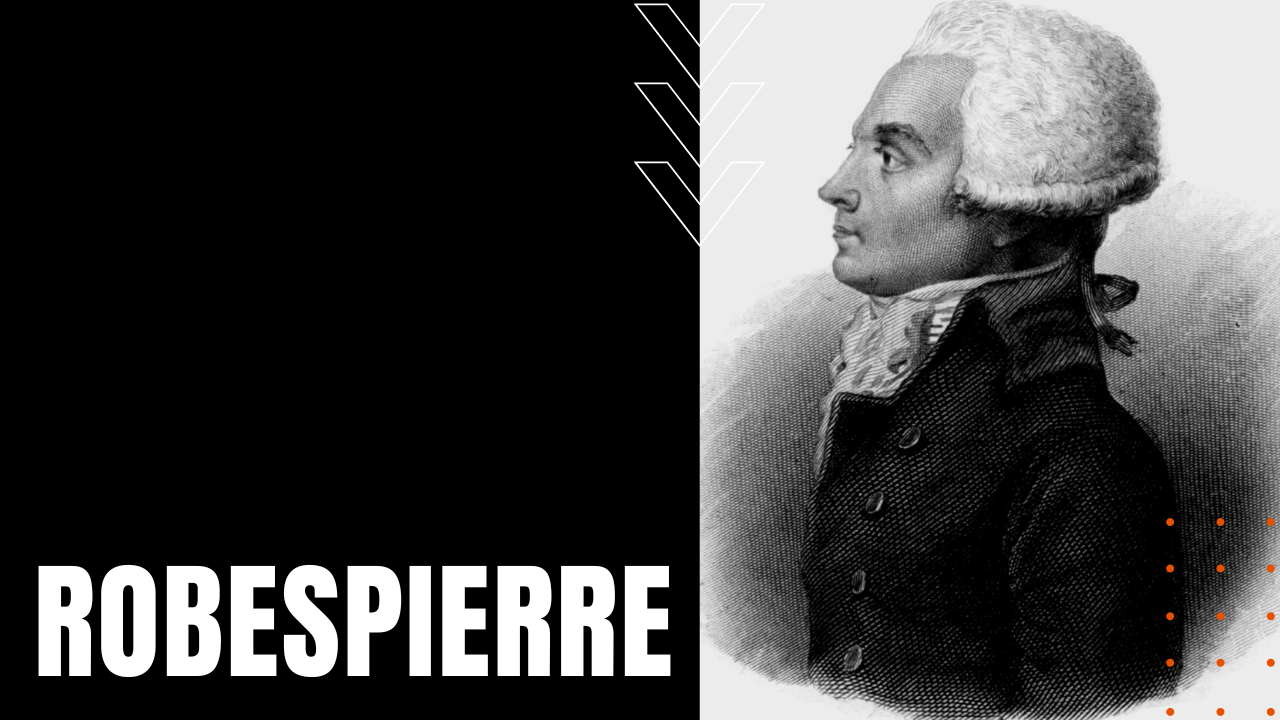Robespierre: French Revolution’s Reign of Terror

Born in 1758 in Arras France, after law school, Maximilien Robespierre became a controversial French statesman, and one of the leading figures of the French Revolution, due in part to his membership in the Estates-General—a governing assembly representing the clergy, the nobility and commoners.
The Constituent Assembly, which was a governing assembly formed after the July 14th, 1789 storming of the Bastille, and the Jacobin Club—the latter formed as a powerful political fraternity during much of the French Revolution.
The Paris Commune and Sans-Culottes Army
He was also a member of the Paris Commune of 1789 to 1795, which oversaw all aspects of the Parisienne government during the Revolution, where he came under fire for trying to establish either a triumvirate of power or an all-out dictatorship.
Known by his nickname “the incorruptible,” Robespierre’s left-leaning politics made him an advocate for universal manhood suffrage, including African slaves, Jews and actors, as well as his push for the abolition of both clerical celibacy and slavery.
In April of 1793, Robespierre pushed for the creation of a sans-culottes or commoner army, intended to enforce revolutionary laws by weeding out counter-revolutionary legislators and dissenting nobility who wanted the king spared from execution, leading to an armed insurrection on May 31st through June 2nd of that same year.
Robespierre’s Reign of Terror
A month later, after announcing that he would step away from public service due to failing health, he was appointed to the powerful Committee of Public Safety, where his brutal pursuit of counter-revolutionary conspirators led to the Reign of Terror from September 5th, 1793 to July 27th, 1794.
During his murderous Reign of Terror, some 300,000 counter-revolutionary suspects were arrested, leading to the execution of an estimated 17,000 lives. An additional 10,000 accused conspirators would perish in prison awaiting trial before Robespierre was forcefully removed from power.
Coup d’état of 9 Thermidor
Obsessed with his vision of an ideal French republic despite any and all human costs, French politicians and the public at large at last turned against him, leading to his July 27th, 1794 arrest in the Paris town hall, now known as the Coup d’état of 9 Thermidor.
Wounded during the skirmish, Robespierre was executed by guillotine the following day along with 90 others, bringing about a period known as the Thermidorian Reaction, which comprised a temporary governing body until the inauguration of the First French Republic on November 2nd, 1795, making Maximilian Robespierre, one of the least revered names in modern French history.
